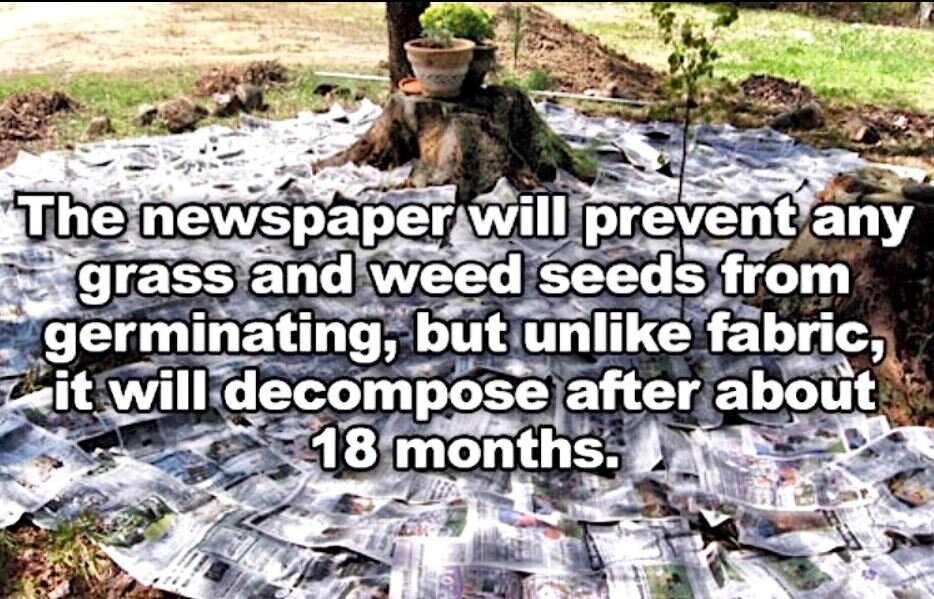Check Your Evergreens for Bagworms
Bagworms love junipers, arborvitae and many types of evergreens. When the bagworms are hungry, they will move to all kinds of trees, bushes and other plants. Bagworms are nasty pests that form a cocoon from tree needles that looks like a pinecone. However, it is really filled with 500 to 1,000 eggs that will hatch into hungry little worms that devour tree needles and move on to other bushes and trees. During their growing season, the bagworm cocoons are green. In late summer the cocoons turn brown and are easier to see. These cocoons are dormant from September to May and can be removed from the trees by hand. This is the most effective method to control bagworms. The only time insecticides work is when the tiny worms are growing, usually in June through August.
If you find a few of these pinecone-looking bagworms on your trees, remove them by hand, seal them in a zip-lock bag and dispose of them. Do not let any cocoons lie on the ground, since they will find their way back to your trees in early summer. If the bagworms are left on a tree for a few years, they will multiply and seriously affect the health of the tree. The worms do not fly. Instead, they hang by silk threads on branches, and the wind carries them to new trees. Keep an eye on your trees to help them stay healthy.
These bagworms are in Miller. The garden volunteers were working at the Father Marquette Statue Garden in Marquette Park and discovered the bagworms on the big beautiful juniper trees. We even found some cocoons on the St. John’s Wort bushes near the trees! We have already removed buckets full of them. The high branches need help from someone kind enough to climb a ladder and lend us a hand. Let us know if you can help.
Tips for Flowering Trees
DO NOT PLANT Callery Pear trees, also known as Bradford Pear (Pyrus calleryana). There are several reasons why you should not plant them. Even though they look pretty, have a nice shape with white spring flowers, their flowers are stinky, having a very foul and heavy smell. They are structurally weak and split easily in high winds. They pollinate with other plants and are covering large areas of open space. Bradford Pear tree offspring are reverting back to the ancient Callery Pear from China that creates thorny thickets choking the life out of pines, dogwoods maples, redbuds, oaks and more. Most landscaping companies sell these trees, but please ask them about alternatives.
DO PLANT flowering trees that are native to our area. They attract pollinators with their beautiful spring flowers and are a lovely addition to any landscape. Native trees thrive in their own habitat. Here are some great trees to plant:
Serviceberry (Amelanchier laevis)
Gray Dogwood (Cornus racemosa)
Roughleaf Dogwood (Cornus drummondi)
For more information on native plants and trees visit:
Indiana Native Plant & Wildlife Society: inpaws.org
Save the Dunes: savedunes.org
Or ask a Master Gardener.
Garden Tips
Spring Bulbs in Community Gardens
Ever wonder what happens to the left over bulbs from the October Beer, Brats & Bulbs Picnic? Well just come over to the Miller Library (Woodson branch) and look under the tree. Aren't they beautiful?
If you missed this showing, don't worry, we have bulbs coming up everywhere. The South Shore has waves of mixed daffodils, the Lake Street planters are loaded with all kinds of tulip and daffodil bulbs. Most of the corners are filled with daffs including the strip in front of the Old Miller School. There are bulbs at the Fire Department on Grand Boulevard. Wirt/Emerson High School even has a new triangle garden on Grand Boulevard which is loaded with daffodils and grape hyacinths. Check out the beautiful varieties of daffodils in front of the 18th Street Brewery and don't forget to go by the Father Marquette statue.
Miller certainly has gone daffy. Since daffodils are deer resistant, the Miller Garden Club just keeps on planting. So take a ride through the neighborhood and see all the blooming bulbs that our members have planted. Thanks for supporting the October Beer, Brats & Bulbs event and enjoy the Spring view!
A New Twist on Terrariums
Article from Chicagoland Gardening January 23, 2016
By Melinda Myers
They’re back, just in time for holiday decorating and gift giving! Terrariums, that is. They’ve recently made a big comeback with a new twist and a few new favorite plants.
If you were gardening in the 70s, you probably planted up an old aquarium, apothecary jar or any clear glass container with an opening large enough to squeeze through a plant. Many of us used long handled tools to strategically place plants and decorative items in containers too small to accommodate our hands. The containers were then covered with some kind of glass lid to increase the humidity.
Fast forward years later and you may find your hands are not as nimble and steady as years ago. And if you are new to terrariums, the old designs may seem a bit tired or cumbersome to assemble. Fortunately, there are many fun options for new and experienced terrarium gardeners, and they aren’t limited to rectangular glass boxes.
Kevin Ylvisaker, freelance designer with his company KLY Floral International, sees that terrariums have “come back big time.” As he travels around the world, he sees this gardening trend showing up not only in gardeners’ homes, but as centerpieces at weddings, necklaces and, of course, as gifts.Susan Wilke, spokesperson for the Wisconsin Floral Marketing Council, says, “The feeling is now organic and wholesome with a touch and feel of retro. Burlap, tastefully worn and nostalgic and found items are certainly the trend.”











